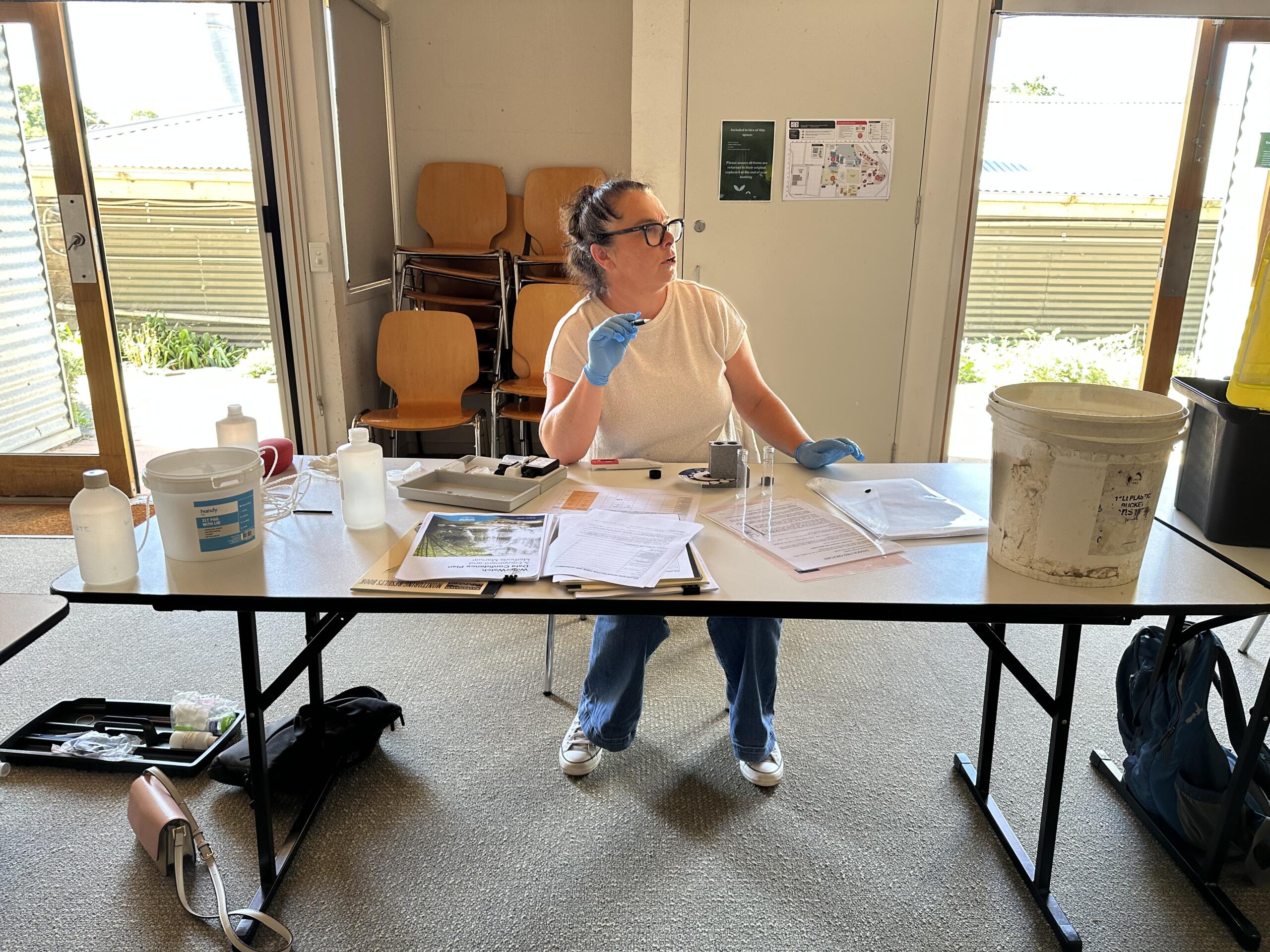Across Victoria, it’s that time again—Quality Assurance and Quality Control, or QAQC for short. At WaterWatch and EstuaryWatch, this is our annual check-up to make sure our water monitoring equipment is accurate and our data is reliable. It might not sound glamorous, but QAQC is one of the most critical parts of the program.
During QAQC, coordinators and volunteers come together to test their field equipment against specially prepared water samples from a lab. These samples have known values for things like pH, electrical conductivity and turbidity. Comparing the field readings to these known values helps us identify whether the equipment is working properly—and if not, why not.
In the early days of QAQC, it was a straightforward pass/fail exercise. Could your readings match the lab’s? Simple. But over time, the process has evolved into something more collaborative, hands-on and educational. Now, it’s about understanding the tools, identifying where things might be going wrong, and building confidence in how we collect and interpret data.
Can’t get your pH reading to line up? Maybe your meter needs calibrating again. Not sure if you used the buffer correctly? Let’s unpack what buffer is and how it works. These are the kinds of questions and light bulb moments that come out of QAQC sessions.
This annual check-in is also a fantastic opportunity for coordinators to spend time in the field with volunteers—troubleshooting together, sharing knowledge, and strengthening the science behind every sample collected.
Why does this matter? Because accurate, trustworthy data is the foundation of everything we do. So here’s to QAQC a key part of building high-quality, community-powered science.

